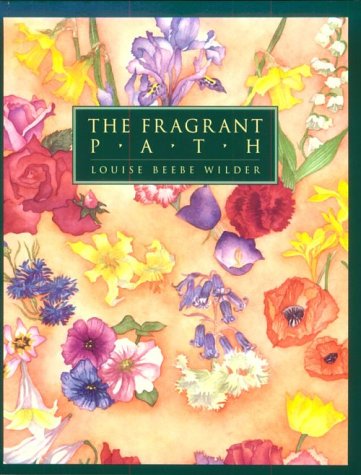Each year, in early autumn, I notice tree leaf silhouettes staining the sidewalk. Do all trees do this? I mainly see maples and occasionally oak leaf shapes. What substance in the leaves causes this staining effect?
Tannin in the leaves is responsible for leaving behind those silhouettes. Rain rinses the tannins from the fallen foliage, and leaves a trace. The prints are most visible on lighter colored surfaces. This is similar to the way strong black tea leaves a tannin stain on porcelain cups and tooth enamel.
The very word ‘tannin’ has its origins in the Latin, tannum, meaning the bark of an oak tree (which was used to tan animal hides to make leather). Oak has especially high levels of tannins, but because its leaves are thick and take longer to decompose, you may notice fewer leaf prints from oak trees.
Tannins are widespread in many different plants, and may be present in many parts of a plant. They are especially common in leaf tissues, “particularly in the cells of the upper epidermis (on the top surface of a leaf).”
The substance may also be found in the bark and wood of trees, as well as the buds, stems, fruits, seeds, roots, and plant galls, where it may provide protection to the plant. For example, cottonwood trees can adjust their level of tannins to defend against beavers harvesting their wood.
 One of my favorite books on fragrance is The Fragrant Path by Louise Beebe Wilder. Published in 1932, and re-issued in 1990 (the Miller Library has both editions), I don’t think there is a garden fragrance book today that’s any better.
One of my favorite books on fragrance is The Fragrant Path by Louise Beebe Wilder. Published in 1932, and re-issued in 1990 (the Miller Library has both editions), I don’t think there is a garden fragrance book today that’s any better.